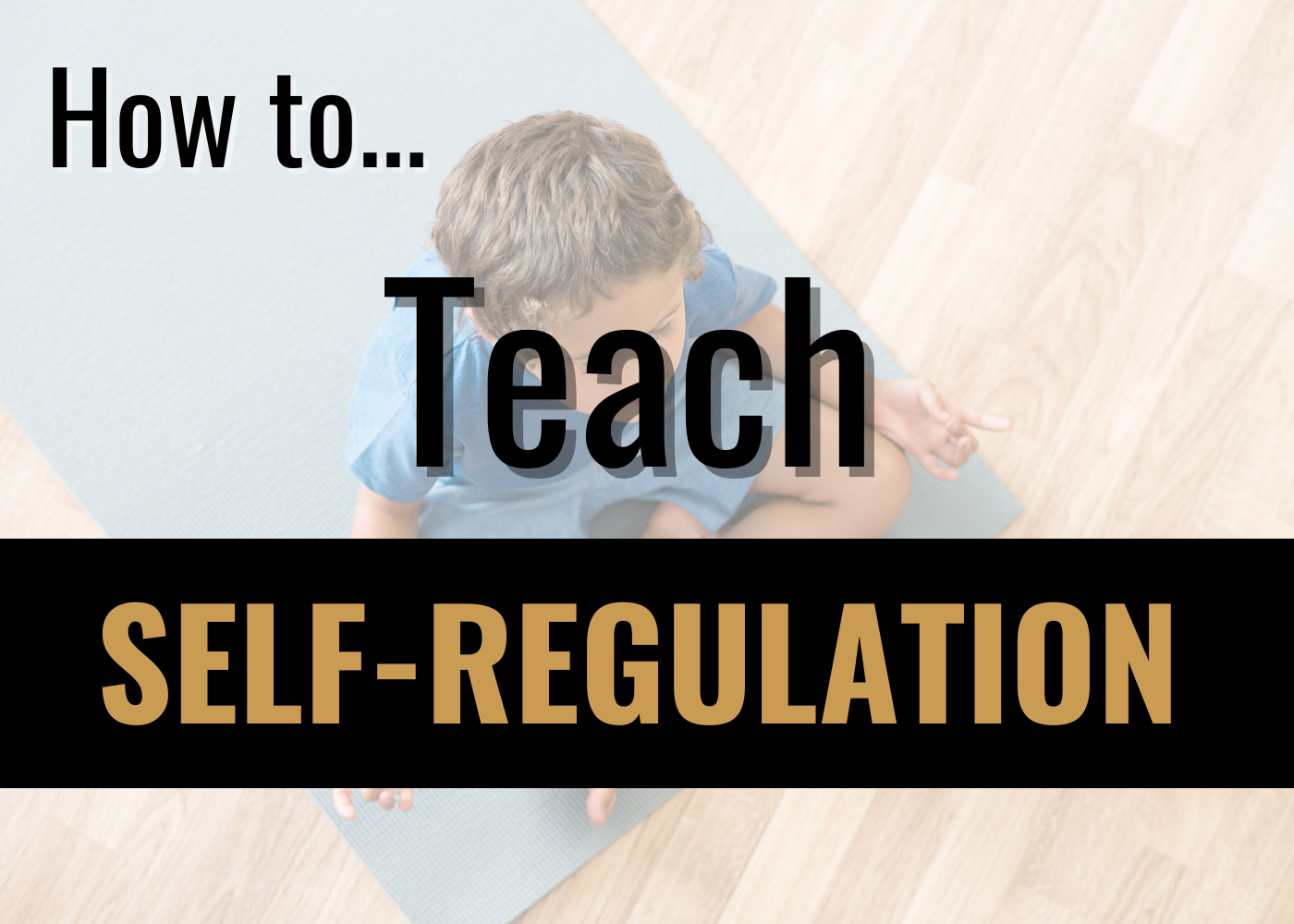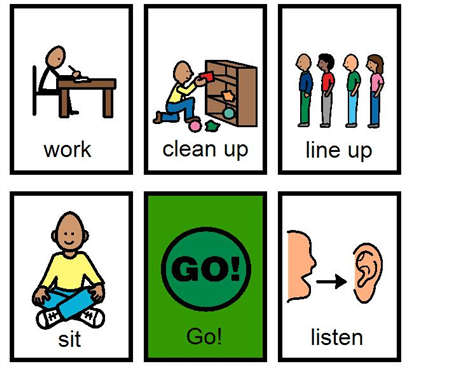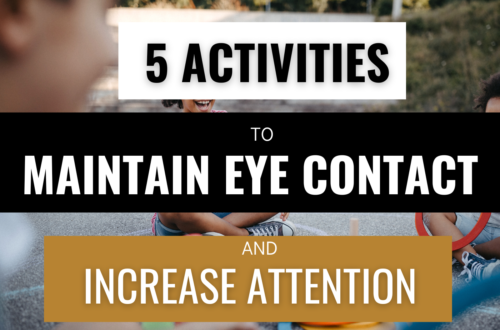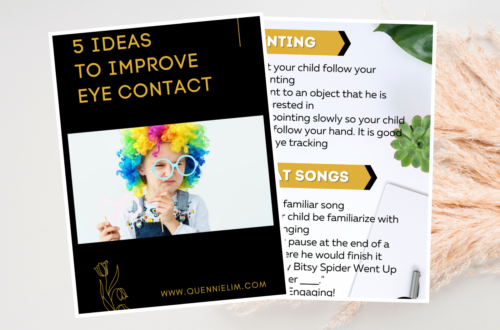How to Teach Self-Regulation

What is Self-Regulation?
Self-regulation is the ability to control and transform one’s self-thinking, perception, body, and emotions into tasks related skills.
Most children with autism have difficulty regulating as their senses are wired differently. ‘
Autism spectrum disorder is a neurological and developmental disorder that affects how people behave, interact, communicate, and learn.
Self-regulation is one of the basic skills that our children need to learn. With this, they will be able to focus on tasks and learn from parents, teachers, therapists, peers, and their surroundings.
Every one of us needs to regulate!
Have you been to school and tapped your pen while your mind is flowing somewhere? Your teacher called your name and suddenly you panicked and didn’t know what your teacher said?
Well, that’s how our children with autism feel most of the time except that sometimes when their name is called, they just ignore us as if they didn’t hear us.
Children with autism have difficulty with regulation due to sensory processing disorder.

According to DSM V (Diagnostic and Statistical Manual of Mental Disorders, Fifth Edition), one of the characteristics of autism spectrum disorder is being hyper or hypo (over or under) responsive to sensory stimuli.
Since they seek repetitive patterns of behavior or find something or an activity interesting, they tend to focus on those things, ignoring other tasks that need to be done.
With this distraction, children with autism have difficulty completing tasks or activities.
What to do now that they need to be regulated?
Our ultimate goal for our children is for them to be independent, and depend less on prompting and adult intervention.
Since our children need to learn to manage their feelings, thoughts, and body movements (or reduce the need to move), a big part needs to be done by therapists, most especially occupational therapy.
Here are some tips to help your child learn to self-regulate.
Body Regulation:
1. Enrol your child in occupational therapy. This is the best advice I can give since they are the experts in the sensory issues of children with autism. They can tell you what are the best activities you can give your child at home and recommend the best equipment that your child needs. If your child flaps their hand, OT (and other experts as well) will be able to tell if that is behavior or a sensory issue.
2. Start with easy and interesting tasks that your child can do. This will help him stay focused on his task.
3. When you see your child ‘dysregulated’ or move away from the tasks, give him a break. Be consistent with your approach as they need predictability.
4. Establish routine during activities such as giving him 1 task and then movement, do this several times and let your child understand what is expected of him.
5. Reduce distractions that he can hear, smell, touch, feel, or see. This may lead to the inability to complete the tasks due to sensory distractions.
6. During activities, teach your child imitation. Teach in variety of ways but make sure that you practice several times before introducing new idea (e.g. teach slow movement, before fast). This will develop body awareness (proprioceptive skill) and improve coordination as well. You may use songs that they like such as the “Head, Shoulder, Knees, and Toes” song or “If You’re Happy and You Know It.”
7. Once your child learns to imitate (with an adult first, then a peer), teach him to listen to your instruction that requires body movement. You may say “hands down”, “raise your hand”, or “feet together”.
8. Praise your child for every correct imitation and the following instruction.
Control of thinking
This refers to your child’s ability to focus on tasks and get less distracted by the environment. He needs to develop his attention and ignore unimportant distracters.
Use visual supports. Check my E-book about “The Ultimate Guide in Understanding Autism” and you will learn the importance of visual supports and what kind of supports you need to use for your child. Children with autism are visual learners. When we use visuals their attention and focus increases, and tasks will be able to complete.
Below are some examples of visuals that can help their focus:


Control of Emotions
This concept is helping the child understand and modulate his feelings.
A child needs to learn o remain calm even in difficult situations such as accepting the change or being in a crowd.
The child also needs to interpret social cues which is difficult for most children with autism.
Learning to control emotions must use a consistent approach to problem-solving.
1. Parents can use Social Stories (refer to Carol Gray). Social stories are powerful learning tools that are often used for people with autism who need to understand and learn social context. Learning other people’s perspectives will help the child control his emotions.
2. Teach scenarios using flashcards. Flashcards are good teaching materials that can develop social thinking skills. For example, you may ask your child these questions:
– Why do you think the child is crying in the picture? (the picture shows a child accidentally popping a balloon).
– Why is the boy sleeping on the bed? (the picture shows that is nighttime).
– How does the child reach school? (the picture shows the child riding a school bus home).
3. Use emotion cards. You may ask the child how is he feeling today and let him point to the pictures on the emotion board.
4. Role Play. Create a situation where your child can practice situations that require his attention and interaction. This way your child will be able to learn the appropriate way to react to the situation when it happens.
Below are some scenarios you can practice at home. Teach him how to react appropriately.
– A boy tripped and stubbed his big toe on the door (what should he say and do).
– Mommy accidentally spilled water on the floor (what should he do).
– Your child lost his wallet that he put on the table (what should he do? ignore or find it?)
Role-playing is important to children with autism. Do it in practice and generalize in different situations and contexts.
Aside from Special Education teachers, Speech Therapists (ST) can help you in this area as they are experts with language and social communication as well as social interaction.
If you like a summary of this article, download the PDF copy by clicking the button below:




